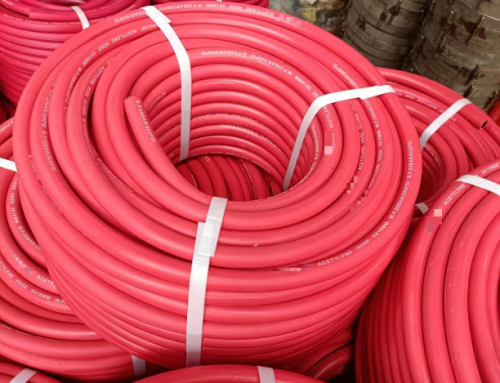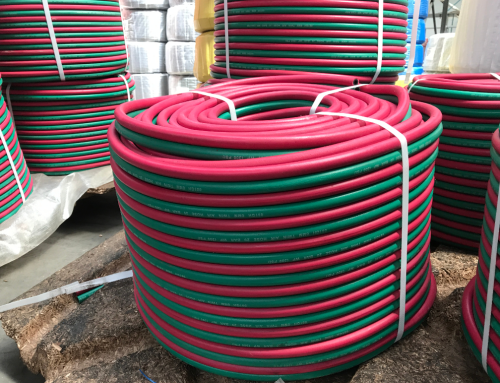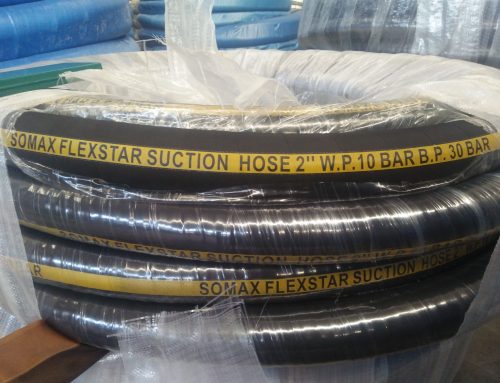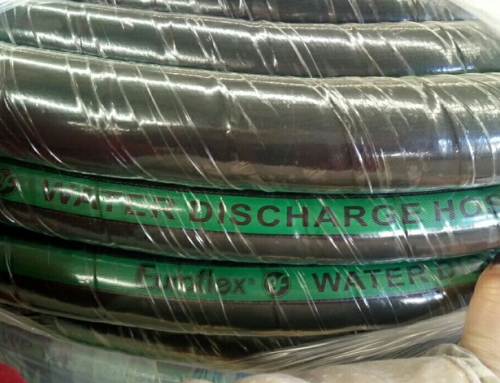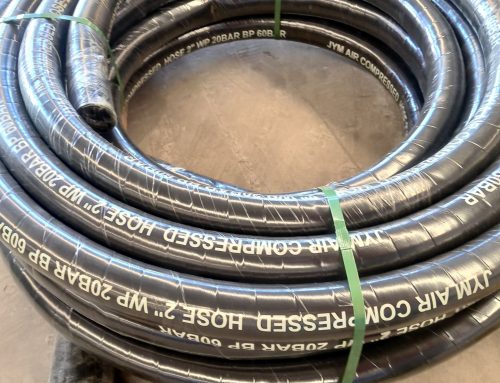Hydraulic hose is a widely used product in the industrial segment and its main function is to replace pipes. The flexibility of the hose allows components to be placed in the most efficient or convenient location because the hose has the ability to bend corners, narrow spaces or bend over long distances. Hydraulic hoses are flexible connecting elements between two points and can be used to transport materials in any of three states: liquid and gas. Hydraulic hoses are specially designed for pipe replacement. They have the advantages of flexibility, can be handled in a practical and effective way, have shock absorption, pivotability, corrosion resistance, easy assembly and diverse applications.
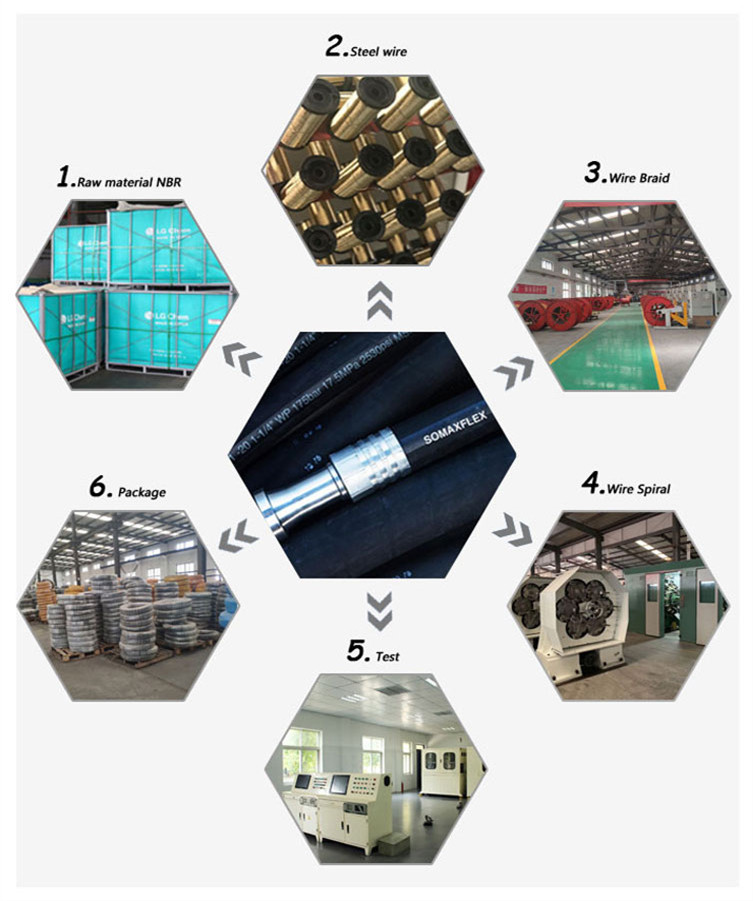
Today, however, there seem to be as many types of hoses as long distance calls. Engineers must consider several factors before choosing hydraulic hose assemblies.
There are several hydraulic-system characteristics that help engineers design hose and couplings for maximize service life: size, temperature, application, material, and pressure. Here’s a look at each.
Size: A hose’s two critical dimensions are inside diameter (ID) and overall length (OAL). The ID must be sized to keep fluid velocities within recommended ranges. If the ID is too large or too small, it can change fluid flow and hurt machine performance by causing erosion, excessive pressure drop and power loss, too much turbulence (heat generation), pump cavitation, or noise.The OAL must be sized to provide proper routing. Too short, and it puts excessive stress on the hose and coupling and prevents them from bending and stretching due to pressure impulses. If the hoses are too long, they can rub against each other or nearby components, or get caught on something.
Temperature: Temperatures too high or low can degrade hydraulic system performance and hose service life. High temperatures stem from excessive internal or external heat. Internal heat usually comes from system components and is transferred to the hose through the fluid.
Pressure capabilities: Hose working pressure must always be chosen so that it is greater than or equal to the maximum system pressure, including pressure spikes. Pressure spikes greater than the published working pressure will significantly shorten hose life.
Hose ends: The coupling-to-hose mechanical interface must be compatible with the hose selected. The proper mating thread end must be chosen so that connection of the mating components will result in leak-free sealing.
Not surprisingly, hydraulic hoses have a finite life. Proper sizing and use of the correct type of hose will certainly extend the life of a hose assembly, but there are many different factors that affect a hose’s lifespan. SAE identifies some of the worst offenses as: flexing the hose to less than the specified minimum bend radius,twisting, pulling, kinking, crushing, or abrading the hose operating the hydraulic system above maximum or below minimum temperature,exposing the hose to rapid or transient rises (surges) in pressure above the maximum operating pressure. intermixing hose, fittings, or assembly equipment not recommended as compatible by the manufacturer or not following the manufacturer’s instructions for fabricating hose assemblies.

